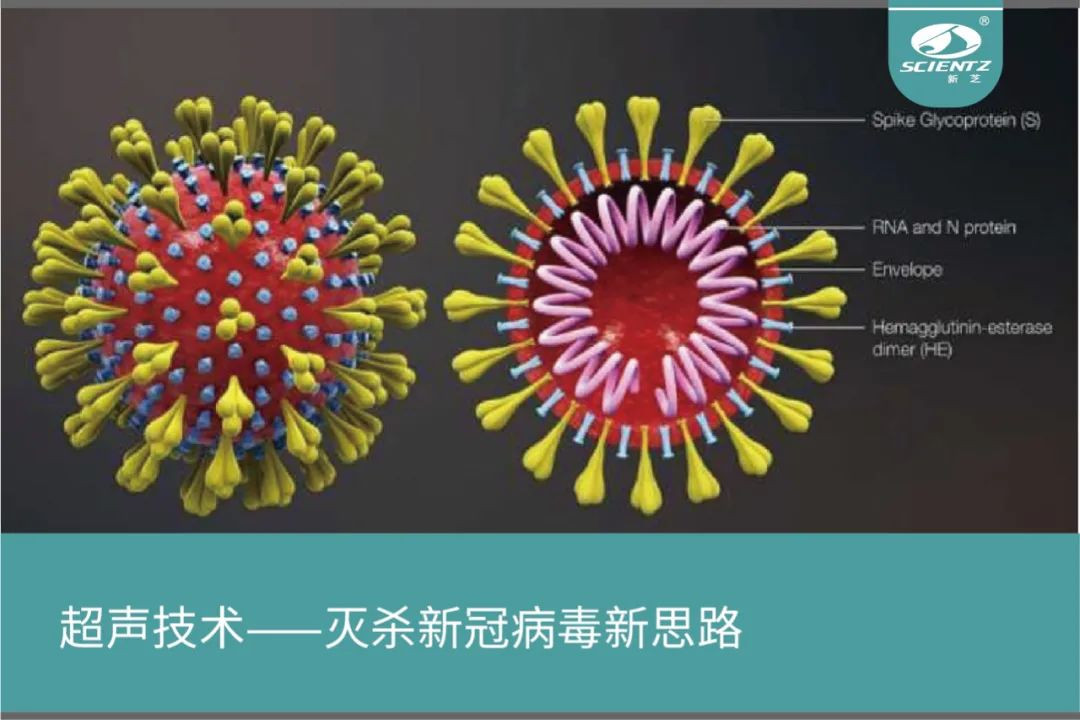
Coronavirus composition and structure
February 18, 2021, MIT's Tomasz Wierzbicki research team has published an article in the Journal of the Mechanics and Physics of Solids, the leading international journal of solid mechanics. The article suggests that novel coronaviruses may be susceptible to the vibrational frequencies of ultrasound used in medical diagnostic imaging. That is, in the range of ultrasound frequencies that are safe for human use, ultrasound vibrations can disrupt the structure of coronaviruses and even kill them.
Novel coronaviruses are mainly composed of core RNA, capsid, and the capsid's spine protein, of which the spine protein has a key role in virus recognition for invasion of host cells. Since viruses are parasitic organisms and cannot survive on their own, finding a method that can effectively disrupt the structure of the coronavirus capsid and its spines is of great importance for the treatment and prevention of coronavirus infections.
Research content and results
Wierzbicki's team used computer simulations to model the coronavirus and simulate its mechanical response to vibrations at a range of ultrasonic frequencies. It was found that at 100 MHz (the natural vibration frequency of the coronavirus capsid), the virus produced a resonant effect, with the viral capsid and stinging proteins bending inward, similar to the indentation that occurs when a ball bounces off the ground, and breaking up within milliseconds. And as the researchers increased the amplitude and intensity of the ultrasonic vibrations, between 25 MHz and 50 MHz, the rate of bending and rupture accelerated, and this effect was seen in both air and water simulated environments with a density equal to that of human body fluids. Most importantly, the simulation demonstrates the possibility of using ultrasound to treat new crown infections in humans within the applicable range of human medical imaging (1MHz-30MHz).
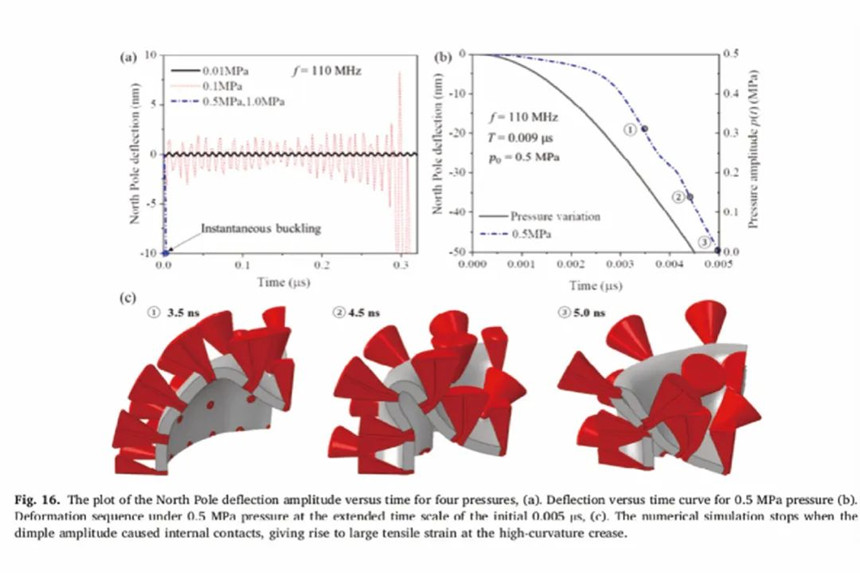

Wierzbicki added that the experiment has successfully shown that under ultrasonic excitation, the outer shell of the new coronavirus and the stinging proteins resonate, and the amplitude of the vibrations can be so great that the resulting tension may disrupt some parts of the virus, causing visible damage to the outer shell and possibly invisible damage to the ribonucleic acid inside.
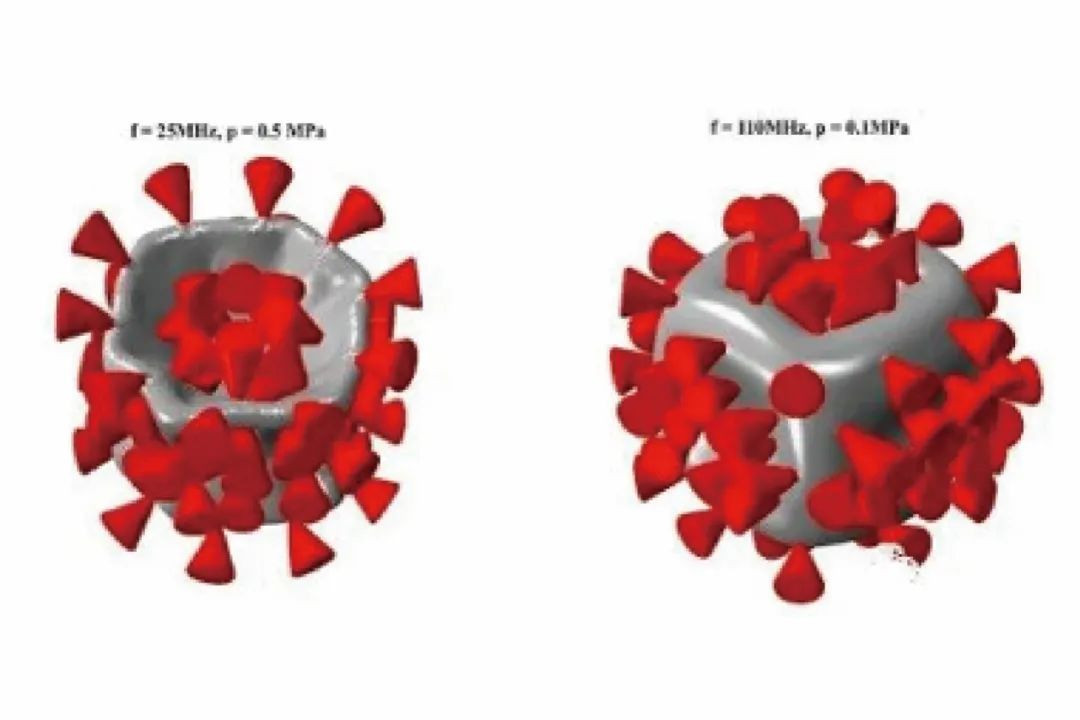
Research shortcomings and outlook
They are currently planning to explore, in collaboration with Spanish microbiologists, the use of atomic force microscopy to observe the effects of ultrasonic vibrations on a coronavirus in pigs. If the experiment is successful, it is foreseen that the results of this pilot study will lead to a new direction for ultrasound treatment and prevention of new coronavirus infections. Like ultrasound for breaking kidney stones, in the future we can use ultrasound technology not only for clinical treatment of coronaviruses, but even to build ultrasound generators into portable devices such as cell phones to protect humans from viruses on the go.
While the inference of this research is certainly exciting, the current direction of the research is only a small step forward, limited to the physical model stage. There are still many problems waiting for scientists to study and verify, such as how to accurately use ultrasound in the complex human body to effectively destroy the virus will be one of the key issues to be solved in the future, and from the ultrasound applied to kill the treatment of coronavirus in the future will have a long way to explore.
In addition to the possibility of using ultrasound to kill viruses, it has a wide range of applications in the field of medical diagnosis and treatment of viruses or in various microbiological experimental studies. For example, ultrasound imaging technology is currently necessary in the field of monitoring and diagnosis of new coronaviruses, which can provide clinicians with various important vital signs of patients in a timely manner and has an irreplaceable position in the diagnosis, treatment and evaluation of the efficacy of acute severe pneumonia.
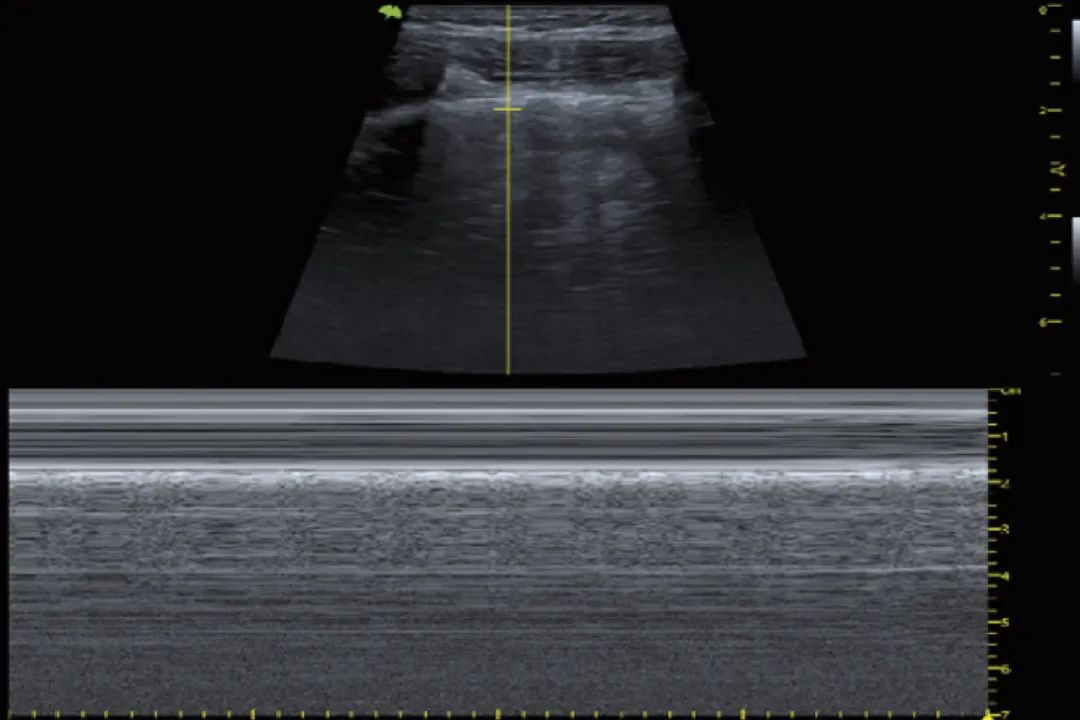
Normal lung ultrasound M-mode image (beach-like sign)
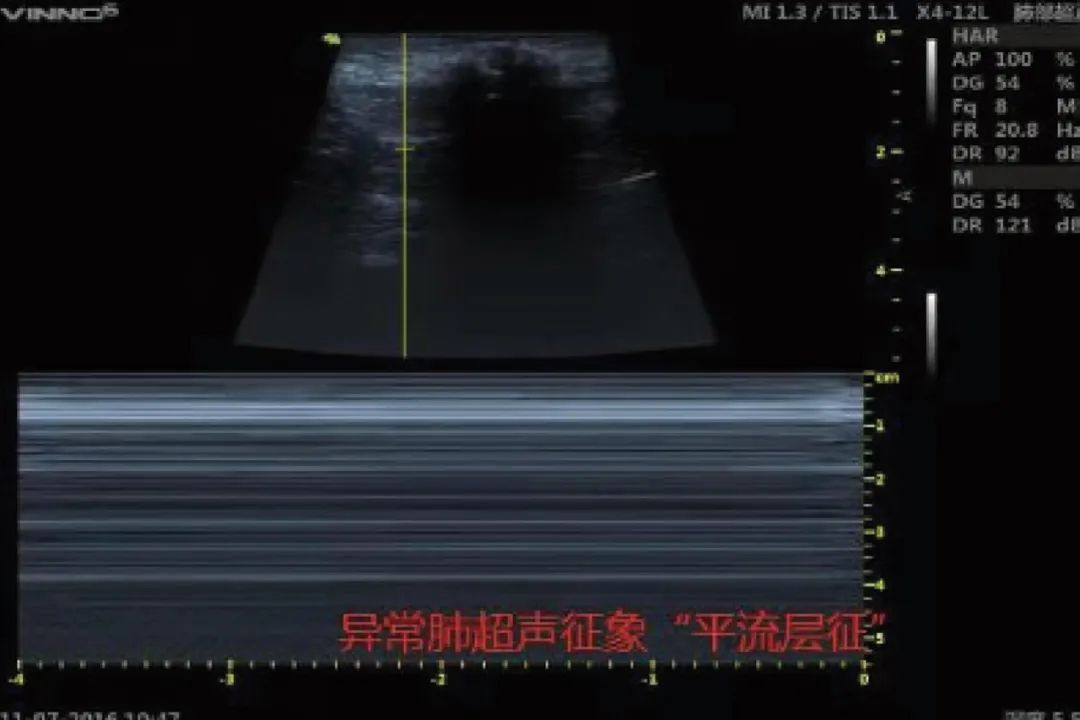
M-mode ultrasound image of a patient with pneumonia (stratospheric sign)
Other applications of ultrasound
In the field of microbiology, represented by viruses, cells, fungi, etc., ultrasound technology has a wide range of application scenarios.
Extraction of inclusion bodies from recombinant Escherichia coli by crushing using an ultrasonic cell crusher (SCIENTZ-IID) and purification to obtain H1N1 influenza virus antigen (HA antigen) for the detection of antibodies (anti-HA) in blood, leading to the screening of immune plasma that can be used for the treatment of influenza virus infections.
Using an ultrasonic cell crusher (SCIENTZ-IID) to crush recombinant E. coli to obtain the expressed target protease (hNMT1, which can catalyze protein myristoylation), and then studying the effect of the myristoylation modification catalyzed by this enzyme on the assembly of small RNA virus protein capsids.
The recombinantly engineered expression strain was disassembled using an ultrasonic cell crusher (SCIENTZ-IID), from which recombinant protein antigens of the enterovirus were obtained for polyclonal antibody preparation.
Dscientz's part of the ultrasonic series products

Ultrasound technology, as a general-purpose technology, has broad application prospects in medical imaging, cell engineering, microbial research, virus research and other fields. Since its establishment, Dscientz Bio has focused on the R&D and application of ultrasonic technology and developed a series of products including ultrasonic cell crusher, non-contact ultrasonic cell crusher, ultrasonic extractor, ultrasonic cleaner, ultrasonic descaling equipment and so on. Dscientz Bio ultrasonic series products are spread all over the world famous life science research laboratories, providing professional and considerate services for scientific researchers!
Post time: Mar-25-2023





